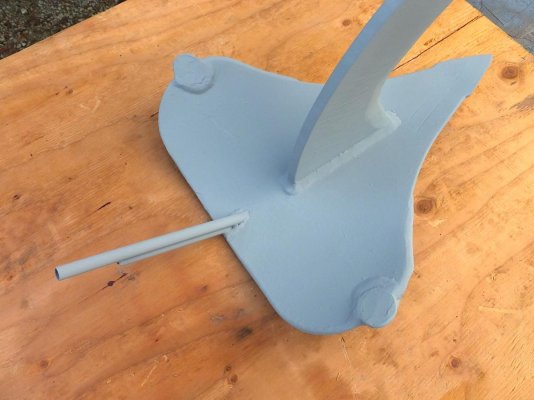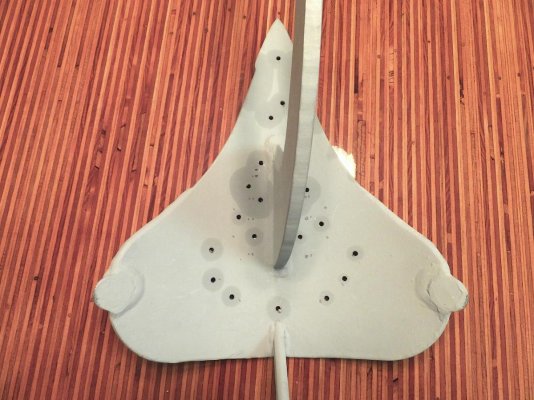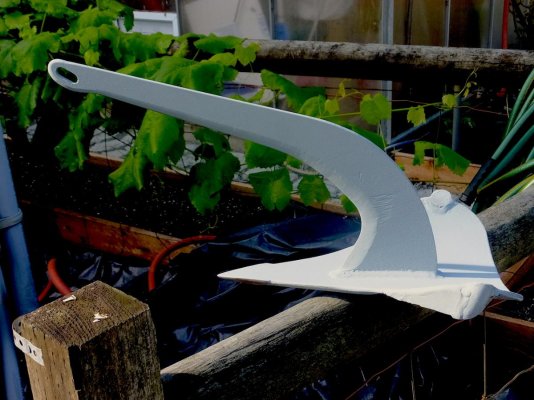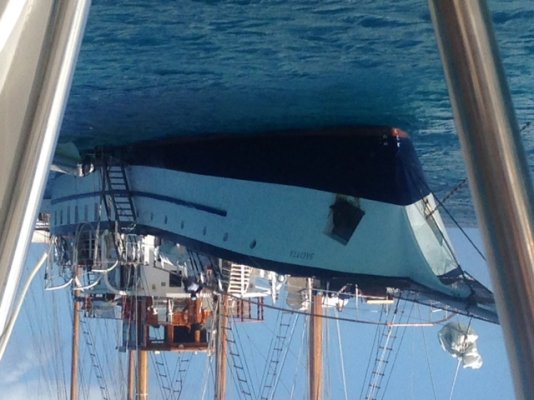Nomad Willy
Guru
FF wrote;
“In that era the Danforth had just been invented and folks used MUCH heavier anchors.”
I specified the 50’s and 60’s. That’s 22 years after the introduction of rhe Danforth by your own claim. I never looked it up I just assumed you were right.
And the Danforth was a very lightweight anchor in 1960. Most of the boats w the davit lift (that’s the word I needed Delfin, davit) were over 40’. And most were Danforths as they stowed so nicely on deck. Few others do.
“In that era the Danforth had just been invented and folks used MUCH heavier anchors.”
I specified the 50’s and 60’s. That’s 22 years after the introduction of rhe Danforth by your own claim. I never looked it up I just assumed you were right.
And the Danforth was a very lightweight anchor in 1960. Most of the boats w the davit lift (that’s the word I needed Delfin, davit) were over 40’. And most were Danforths as they stowed so nicely on deck. Few others do.







